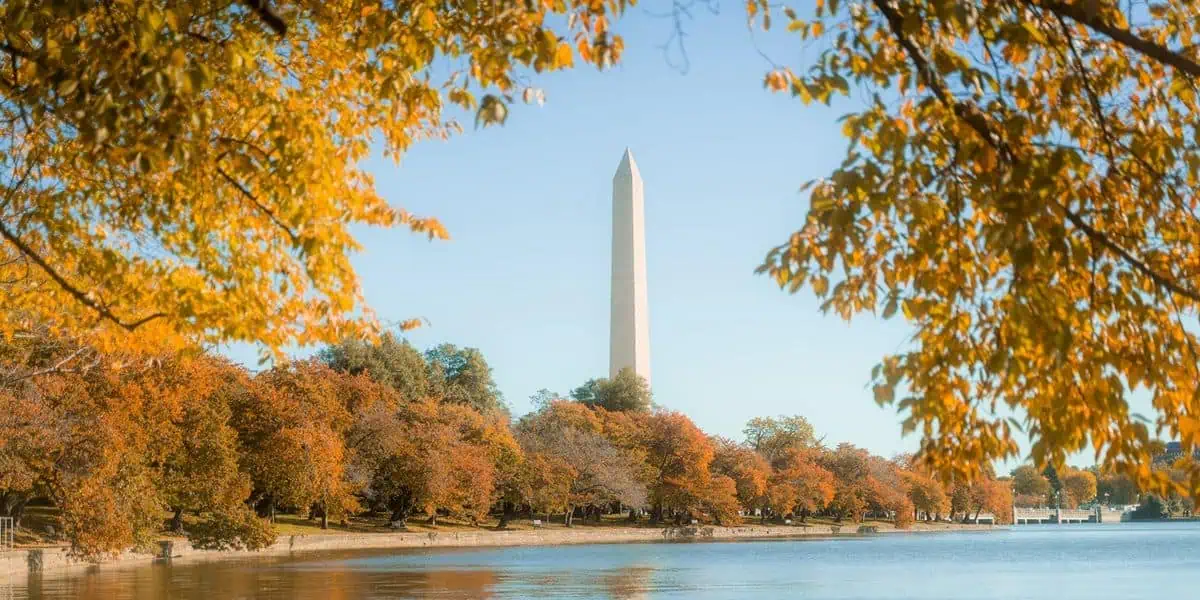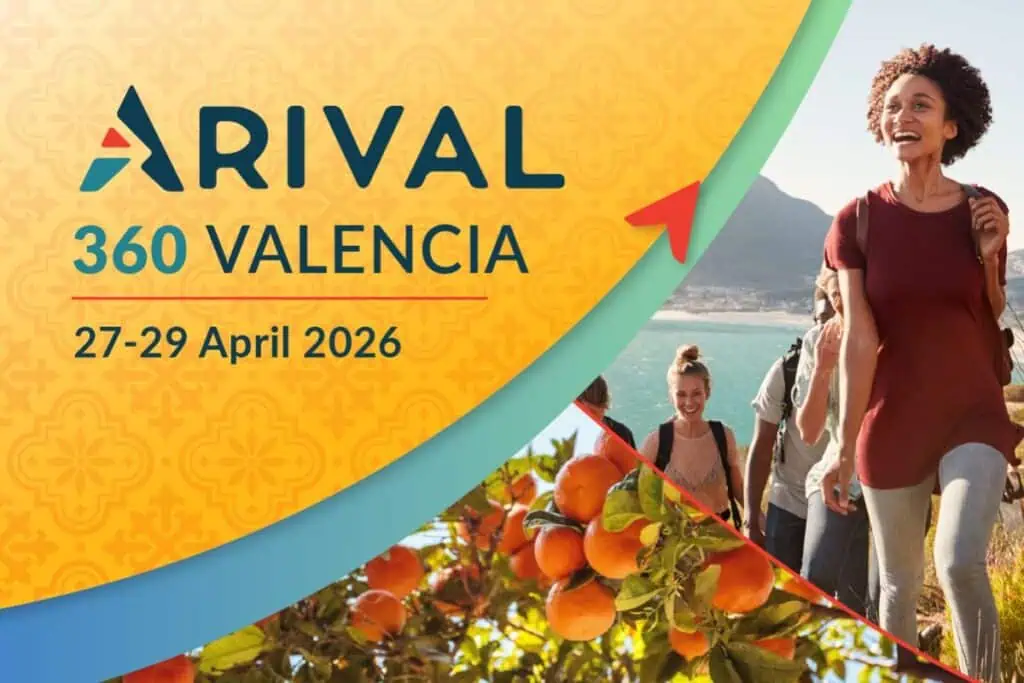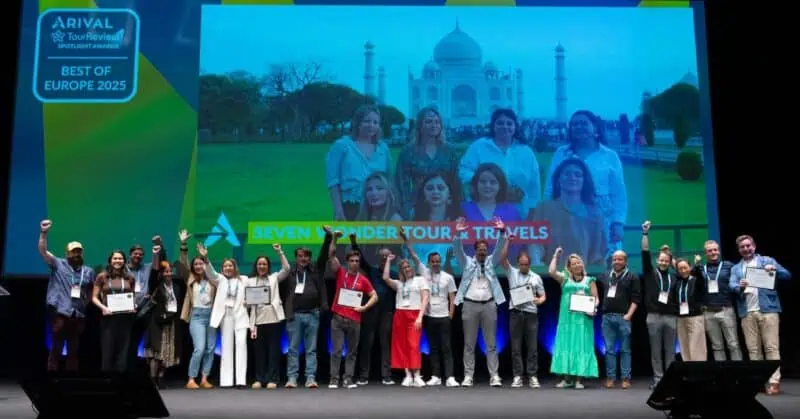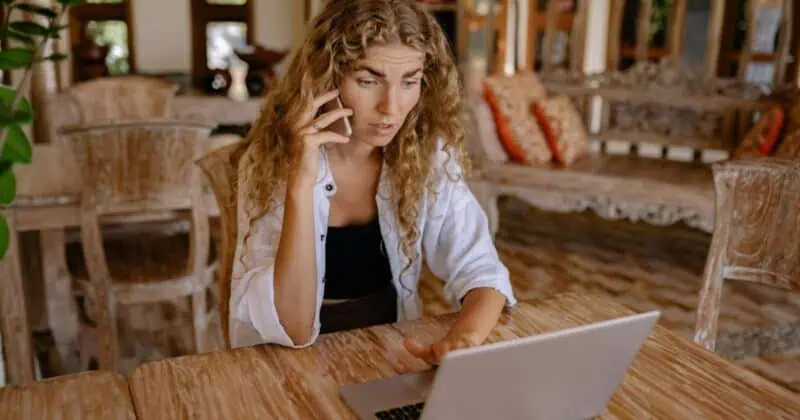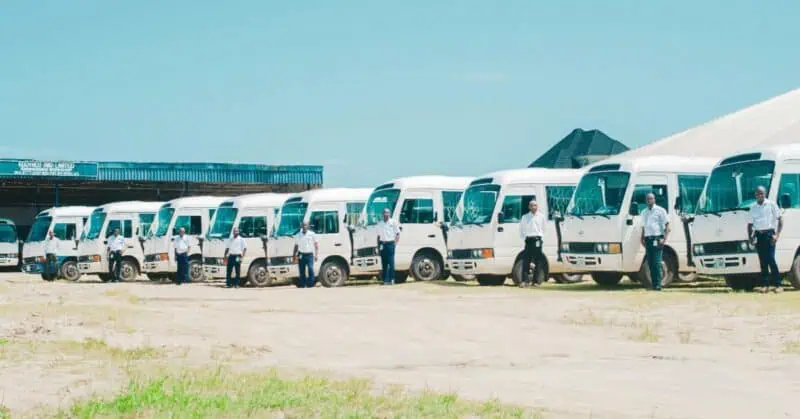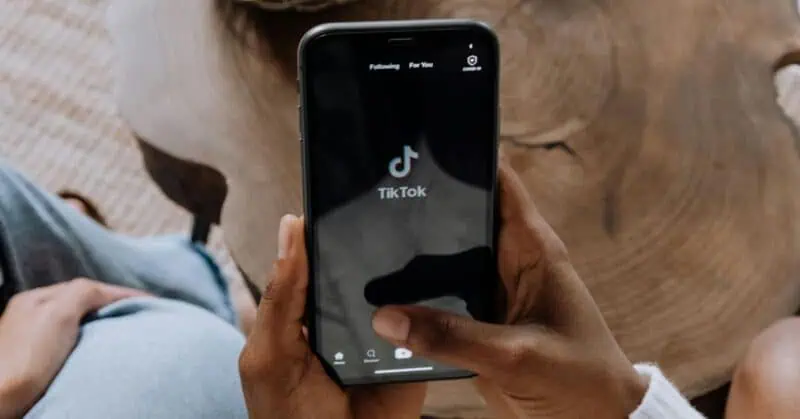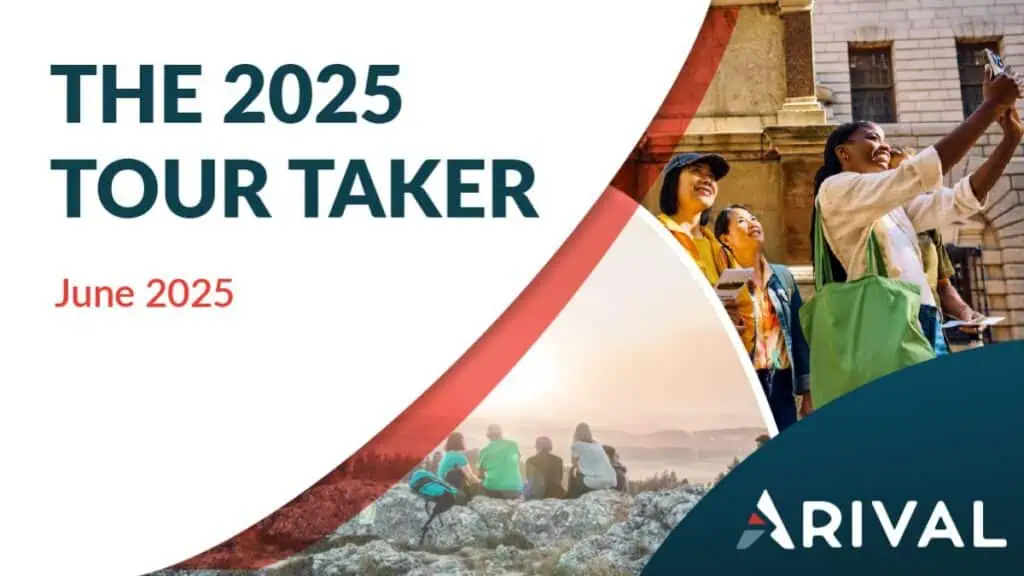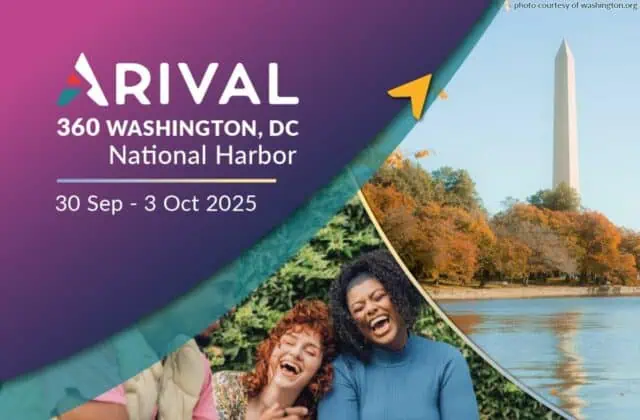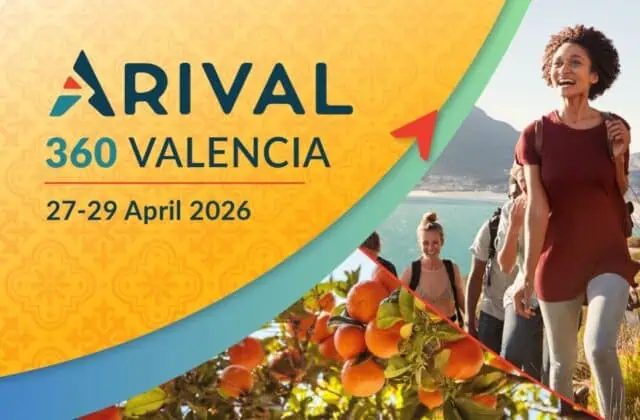From ziplines to water parks, walking tours to art museums, understanding the next steps toward the New Normal is complicated. There are neither government regulations nor industry standards to offer a path to re-opening, and no single set of guidelines can effectively apply across the board. Nevertheless, no matter the service or product, a uniform set of re-opening challenges involves regulation, staffing, communication, and operation.
1) Regulations: More than social distancing, face masks, hand sanitizers?
Most countries are re-opening in stages, Tourist activities like theme parks and museums may have to wait for later stages. Still, there’s a wide range of operators, including guided tours, cooking classes, and equipment rentals, that may only be limited by group size. Regardless of when you’re permitted to open, there may be required criteria for entry, such as face masks and social distancing.
Local tourist boards are the best source of information but don’t expect much further guidance once the green light is given. Trade associations and private industry groups will likely step up to fill the void. But to alleviate fear and build confidence, erring on the side of caution may be the safest choice all around, as well as save further modifications down the road.
2) Staffing: Who do you need? What training plans and safety procedures to implement?
Some governments offer crisis assistance with operations, including employee retention. But furloughs or no, the reality is that staffing will need to be reorganized. Previous positions may be replaced by other functions that need to be filled, such as more security to handle crowd control, more tour guides and drivers due to smaller group sizes, and more janitorial and custodial staff everywhere.
Decisions should be made based on exposure levels, especially with vulnerable staff and potentially non-essential positions like volunteer docents and guides. Admin staff whose functions are no longer needed may need to shift to take on more front-line positions. Regardless, all employees require ongoing training in Covid-19 protocols ranging from proper sanitizing techniques and crowd management to spotting potentially ill guests. Also, updates from legal, HR, and insurance representatives about new rights, obligations, and liabilities related to exposing employees to the general public is imperative, as the pandemic has already brought changes to laws and new precedents to be set.
3) Communication: How to reassure your offerings are enjoyable and safe? How to ensure customers follow protocol?
Once a re-opening has been planned, what’s next? Much attention has been paid to selling to the domestic market. Less documented is what to say once guests commit to a visit. They need reassurance that their experience will be clean and safe. They need to be advised on topics from general travel restrictions down to site-specific regulations, including permitted arrival windows, is PPE required or provided, is health screening mandatory upon entry, what they’re allowed to carry inside, and how long they’re permitted to stay.
In addition to direct guest communications, distribution partners should be updated. Concierges and OTAs will need to abide by timed ticketing. A review of all their public-facing information is required. Brochures may need to be reprinted.
Beyond the daily flow of information, this is when a crisis communication plan is essential, especially for a successful re-opening. Contingencies should be in place for everything from a social media response to a negative review regarding your safety techniques to how to manage communication if a public-facing employee becomes ill or a breakout is traced to your facility. Strategic public relations and communications are vital, like never before.
4) Operation: What’s the best way to bring everything together for a smooth experience?
The prevailing industry wisdom is that re-openings will start with capacity limits selling only pre-purchased timed entry tickets. This can be accomplished using either existing ticketing software or some simple aftermarket options.
Once the guest arrives, challenges multiply exponentially. Is the experience now touchless? Are safety protocols in place to protect visitors and employees? How will traffic through the facility be regulated and enforced? Is seating removed? Should explanatory signs be put up everywhere? Should apps be developed to replace handouts? What cleaning equipment is needed, and is the supply reliable? Do you continuously clean, or periodically close throughout the day for a thorough cleanse? What’s the magic 72 hours, 165 degrees, and 13 feet?
The questions seem endless, and even the answers from reliable sources are sometimes conflicting. The process will evolve over weeks, months, and years–safety and hygiene will now need to be an ongoing formal part of your operations plan, sales pitch, and even continuing professional education.
The New Normal demands preparation, anticipation, flexibility, cooperation
Re-opening a tour or attraction requires significant planning and interdepartmental collaboration. The entire process can last from weeks to months. It may involve multiple revisions based on changing goalposts, as well as coordination with outside organizations as diverse as construction crews, sanitation suppliers, and lawyers.
This is new territory for everyone, so patience and flexibility are key to successfully surviving the transition to operations in a Covid-19 world. Guests and employees will set the bar high for operational responses to potential risks while expecting an excellent experience. Every tour and travel business should see the benefit of providing the highest standard of safety possible to elevate the industry and accelerate winning back the trust of travelers as they venture back out to see the world.
About the Author

LinkedIn: linkedin.com/in/jonpeahl/
Website: sansee.travel/
